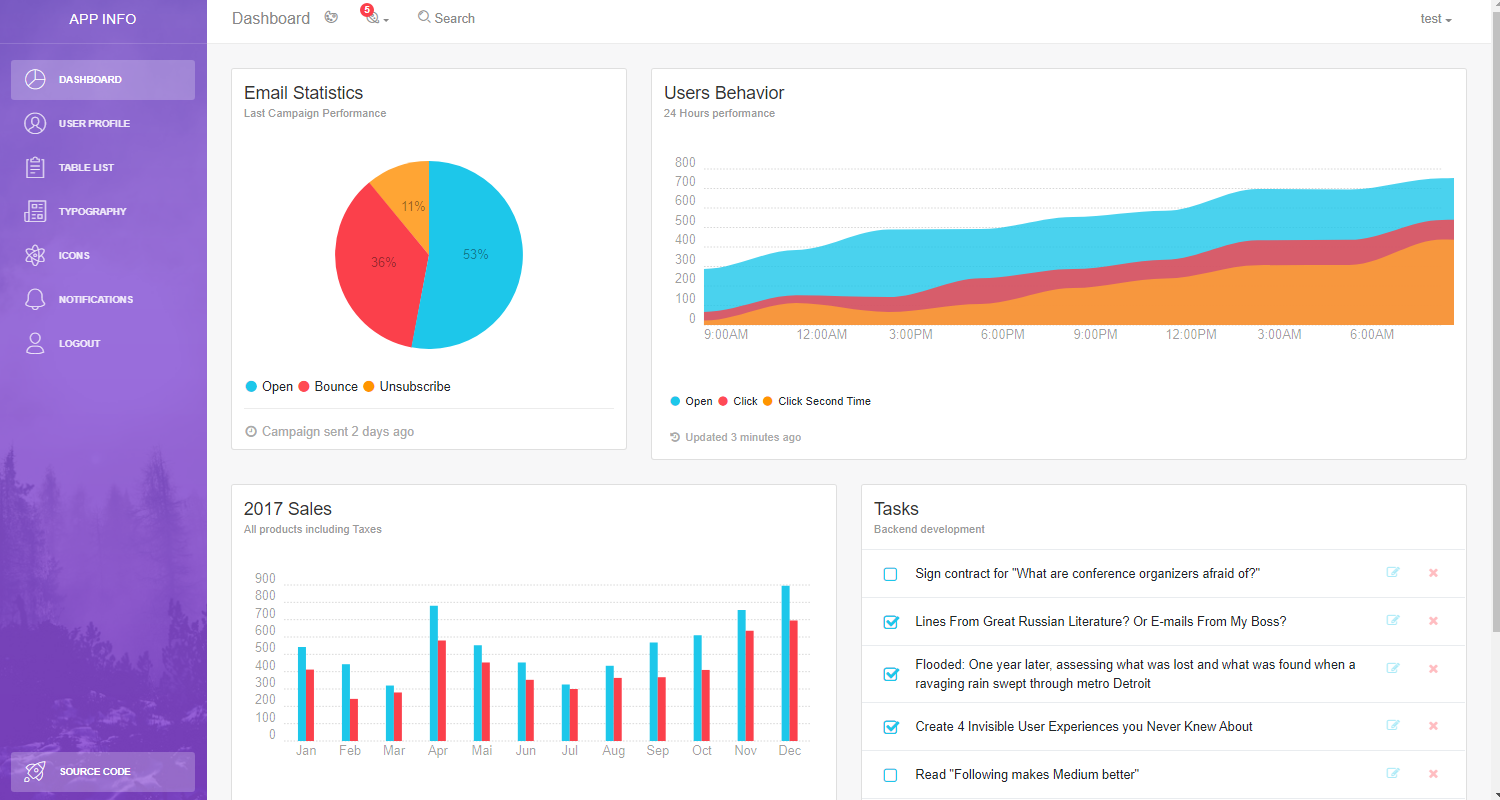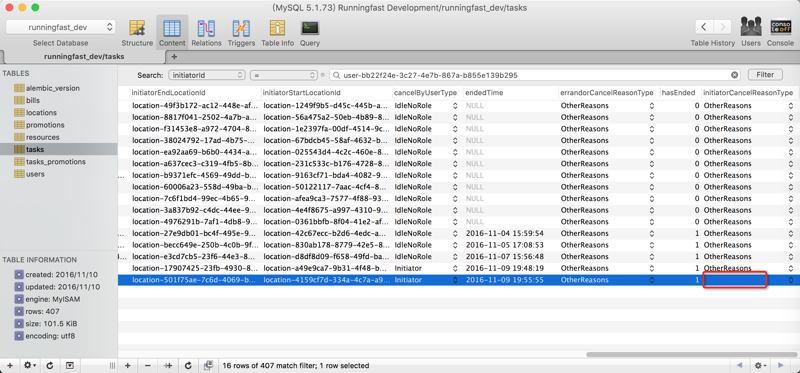

#Flask sqlite orm code
Writing reusable, testable, and efficient code.You will also be responsible for integration of different application therefore, a basic understanding of different technologies like Python, Java, SQL, Docker, cloud is necessary. Your primary focus will be the application development, support end to end deployment of different servers like Development, QA, Production. Analyst 5+ years of experience in below skills and qualification, responsible for managing and maintaining our R&D applications. That`s why we are always looking for curious minds that see themselves imagining the unimageable with us. Together, we dream big and are passionate about caring for our rich mix of people, customers, patients, and planet. The home page reappears with the submitted data.Ready to explore, break barriers, and discover more? We know you’ve got big plans – so do we! Our colleagues across the globe love innovating with science and technology to enrich people’s lives with our solutions in Healthcare, Life Science, and Electronics. Run the script from Python shell and enter in the browser.Ĭlick the ‘Add Student’ link to open Student information form.įill the form and submit. Return render_template('show_all.html', students = () methods = ) Given below is the complete code of application (app.py).įrom flask import Flask, request, flash, url_for, redirect, render_templateĪpp.config = "random string" Student = students(request.form, request.form, If not request.form or not request.form or not request.form:įlash('Please enter all the fields', 'error') When the http method is detected as POST, the form data is added in the students table and the application returns to homepage showing the added methods = ) The HTML script of the template (‘show_all.html’) is like this − Return render_template('show_all.html', students = () )

The Server side code in the template renders the records in HTML table show_all(): The Record set of students table is sent as parameter to the HTML template. The entry point of the application is show_all() function bound to ‘/’ URL. With this much of background, now we shall provide view functions for our application to add a student data. For instance, in order to retrieve records with city = ’Hyderabad’ in students table, use following statement − You can apply a filter to the retrieved record set by using the filter attribute. () − retrieves all records from table (corresponding to SELECT query). The following session methods perform CRUD operations −ĭb.session.add(model object) − inserts a record into mapped tableĭb.lete(model object) − deletes record from table The Session object of SQLAlchemy manages all persistence operations of ORM object. Step 5 − To create / use database mentioned in URI, run the create_all() method. Id = db.Column('student_id', db.Integer, primary_key = True)ĭef _init_(self, name, city, addr,pin):

In the snippet below, a students model is created. It also provides a parent Model class using which user defined models are declared. This object contains helper functions for ORM operations. Step 4 − Then create an object of SQLAlchemy class with application object as the parameter. Step 3 − Now create a Flask application object and set URI for the database to be used.Īpp.config = 'sqlite:///students.sqlite3' Step 2 − You need to import SQLAlchemy class from this module.
#Flask sqlite orm install
Step 1 − Install Flask-SQLAlchemy extension. In this section, we are going to study the ORM techniques of Flask-SQLAlchemy and build a small web application. An ORM API provides methods to perform CRUD operations without having to write raw SQL statements. Object relation mapping is a technique of mapping object parameters to the underlying RDBMS table structure. Data in RDBMS servers on the other hand is stored as tables. Most programming language platforms are object oriented. Flask-SQLAlchemy is the Flask extension that adds support for SQLAlchemy to your Flask application.
#Flask sqlite orm full
Instead, SQLAlchemy, a Python toolkit is a powerful OR Mapper that gives application developers the full power and flexibility of SQL. Using raw SQL in Flask web applications to perform CRUD operations on database can be tedious.


 0 kommentar(er)
0 kommentar(er)
